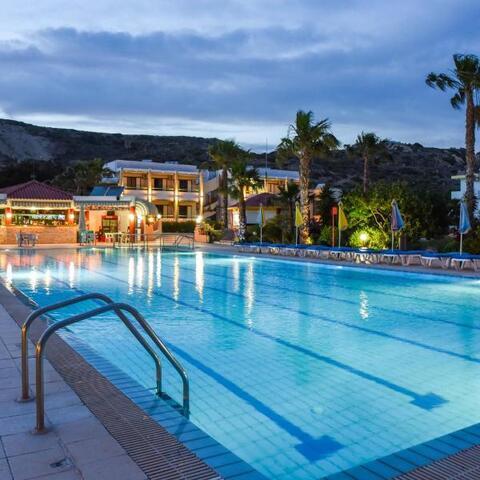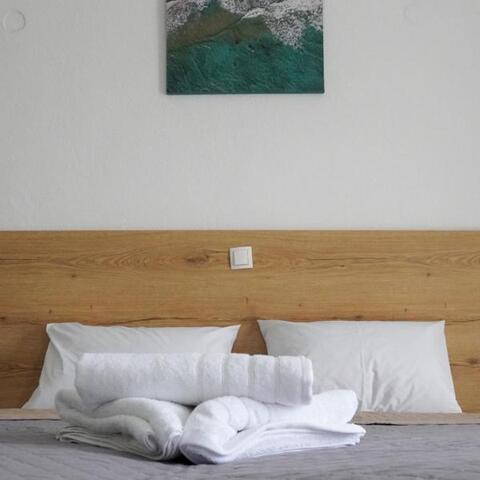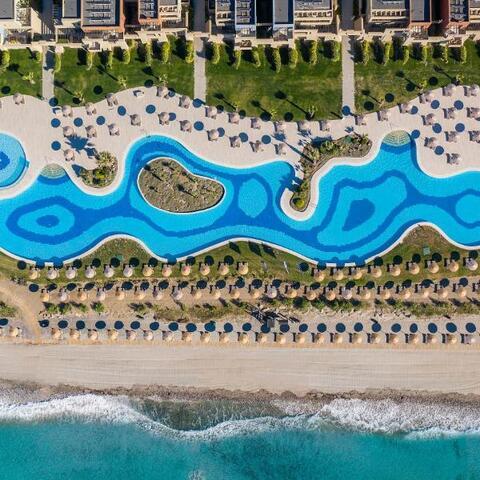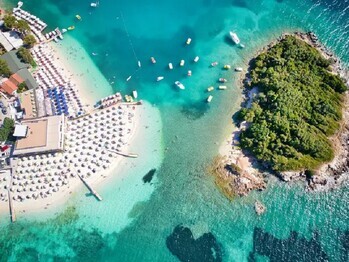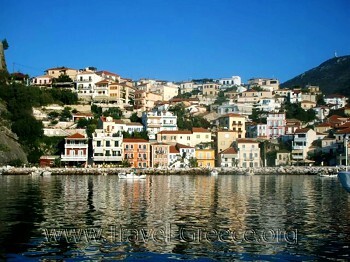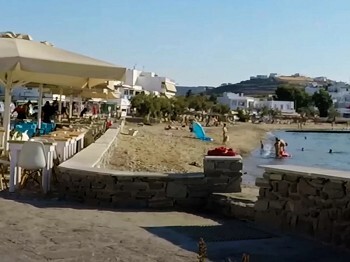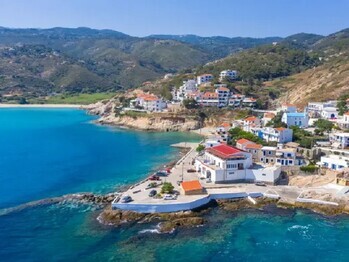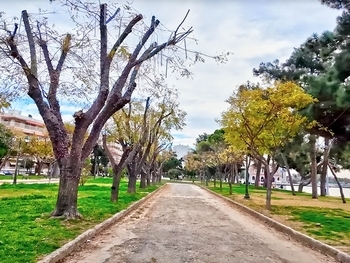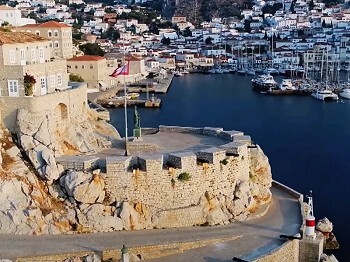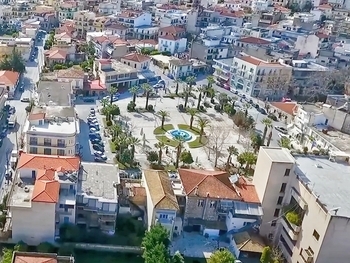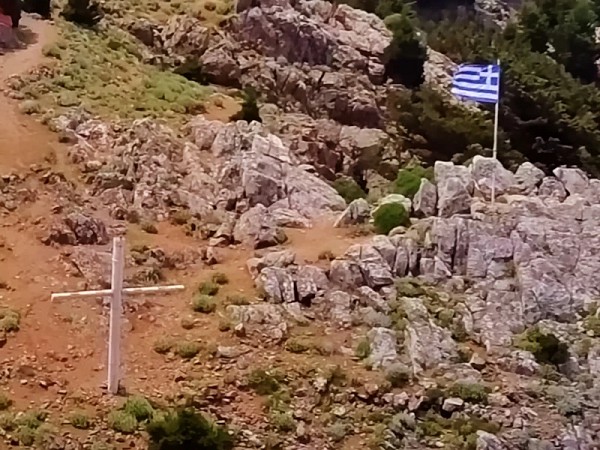
Kos Island, part of Greece's Dodecanese archipelago, is a paradise for history enthusiasts. With its rich cultural tapestry and ancient Ruins, Kos offers a journey through time, from classical antiquity to the Byzantine era. Here, we explore the top historical sites that make Kos Island a must-visit destination for anyone fascinated by history.
We suggest for your stay:
Still Looking for the Perfect Stay?
1. Asklepion: The Ancient Healing Center
The Asklepion of Kos is perhaps the most significant historical site on the island. Dedicated to Asclepius, the god of healing, this ancient medical center Dates back to the 4th century BC. Situated on a hill with stunning Views of the surrounding landscape, the Asklepion served as both a sanctuary and a therapeutic center where patients from all over the ancient world came to seek cures.
Highlights:
Temple of Asclepius: The Central point of the sanctuary, where rituals and sacrifices were performed.
Roman Baths: Reflecting the luxurious lifestyle of the period, these baths were part of the healing process.
Medical School: Founded by Hippocrates, the father of modern medicine, who taught and practiced here.
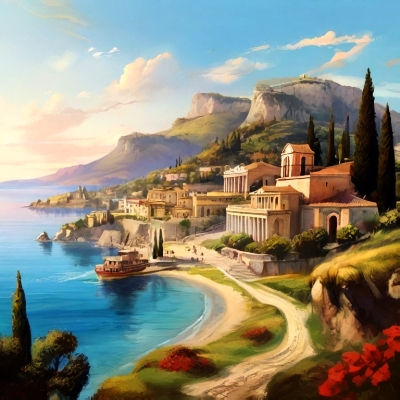
2. Ancient Agora: The Heart of Ancient Kos
The Ancient Agora of Kos was the hub of political, commercial, and social life in ancient times. Excavations have revealed a complex of public buildings, temples, and houses, showcasing the city's importance during the Hellenistic and Roman periods.
Highlights:
Sanctuary of Aphrodite: A Temple dedicated to the goddess of love and beauty.
Roman Mosaic Floors: Intricately designed floors that tell the stories of ancient myths and daily life.
Early Christian Basilica: Indicating the transition of Kos from paganism to Christianity.
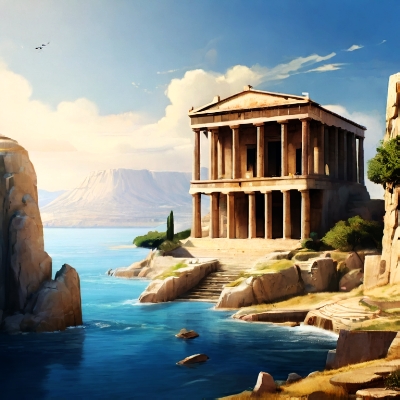
3. Castle of the Knights: A Medieval Fortress
The Castle of the Knights, also known as the Neratzia Castle, was built by the Knights of Saint John in the 14th century. This imposing fortress served as a defense against the Ottomans and offers a glimpse into the medieval history of Kos.
Highlights:
Main Gate: An impressive entrance adorned with the coats of arms of the Knights.
Fortification Walls: Thick, sturdy walls that once protected the island from invasions.
Inner Courtyard: Featuring remnants of older buildings, including an ancient Greek Temple and Roman structures.
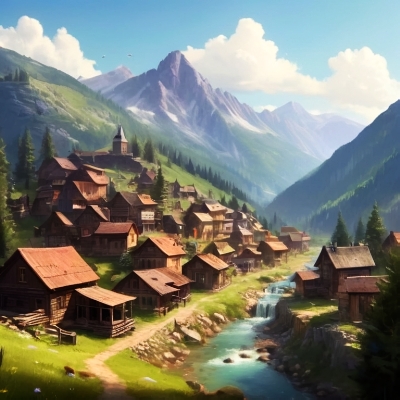
4. Roman Odeon: The Ancient Concert Hall
The Roman Odeon of Kos, dating back to the 2nd century AD, is a well-preserved Theater that once hosted music Performances and public meetings. With its remarkable acoustics and seating for over 750 spectators, The Odeon Remains a testament to the island's cultural Heritage.
Highlights:
Marble Seats: The front rows, reserved for the elite, are made of fine marble.
Stage Area: Where musicians and orators performed, reflecting the cultural vibrancy of ancient Kos.
Excavated Artifacts: Numerous statues and mosaics unearthed here provide insight into the island's artistic history.

5. Casa Romana: The Roman House
Casa Romana, or the Roman House, is a beautifully restored Roman villa from the 3rd century AD. This luxurious residence offers a peek into the opulent lifestyle of the Roman elite in Kos.
Highlights:
Mosaic Floors: Featuring intricate geometric patterns and depictions of mythological scenes.
Peristyle Courtyards: Open-air spaces surrounded by columns, typical of Roman Architecture.
Frescoes: Exquisite wall paintings that have survived the test of time.
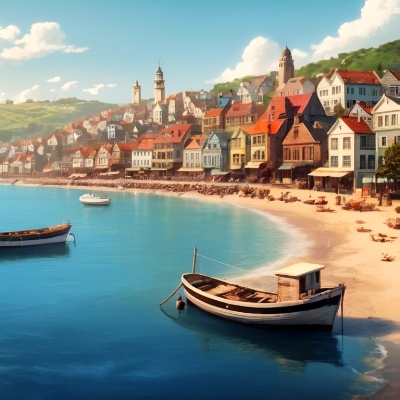
6. Antimachia Traditional House and Castle
In the village of Antimachia, visitors can explore a traditional 20th-century house and the medieval Antimachia Castle. The house offers a unique glimpse into the island's more recent past, while the castle provides panoramic Views and historical context.
Highlights:
Traditional House: Showcasing everyday life in early 20th-century Kos, with original furniture and Artifacts.
Antimachia Castle: Built by the Knights of Saint John, this castle offers stunning Views and a rich history.
Windmill: A well-preserved Windmill near the traditional house, indicative of the island's agricultural Heritage.
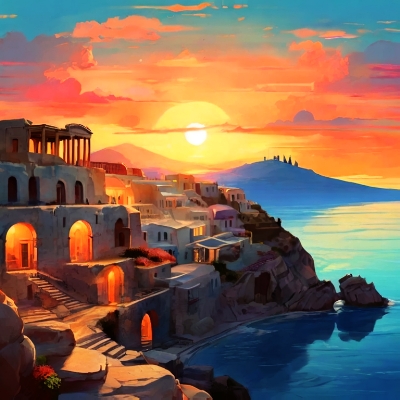
7. Hippocrates Tree: The Father of Medicine
Legend has it that under this ancient Plane tree, Hippocrates, the father of modern medicine, taught his students. Located in the center of Kos Town, the tree is a living symbol of the island's contribution to medical science.
Highlights:
Hippocrates Tree: Said to be over 2,500 years old, this tree is a significant landmark.
Adjacent Sites: Nearby, visitors can find the Hippocratic Museum and the International Hippocratic Foundation of Kos.
Cultural Events: The site often hosts events and ceremonies honoring Hippocrates' legacy.
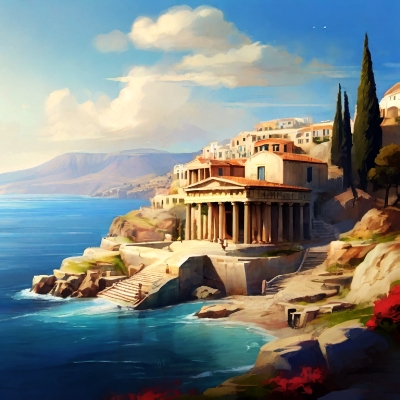
8. Western Archaeological Zone: A Walk Through Antiquity
The Western Archaeological Zone of Kos Town is an extensive area filled with ancient Ruins, offering a comprehensive look at the island's historical development. This site includes several important buildings and structures from different periods.
Highlights:
Gymnasium: A large complex used for athletic training and social gatherings.
Nymphaeum: A public fountain and bathhouse adorned with statues and mosaics.
Residential Areas: Remnants of ancient houses that provide insights into daily life in Kos.
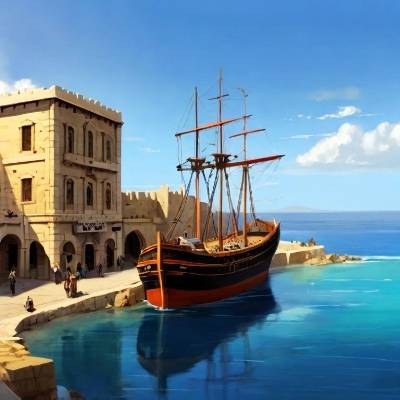
Conclusion
Kos Island is a treasure trove of historical sites that captivate and inspire. From the ancient healing center of Asklepion to the medieval fortress of The Castle of the Knights, each site tells a unique story of the island's rich past. Whether you are a history buff or simply enjoy exploring ancient Ruins, Kos offers an unforgettable journey through time. So, pack your bags and embark on an adventure to discover the historical marvels of Kos Island.
